Demystifying DSCR Loans: How They Work and How to Qualify for One
Debt Service Coverage Ratio (DSCR) loans are becoming an increasingly popular financing option for real estate investors, especially those focusing on rental properties. In this blog post, we’ll explain how DSCR loans work, their advantages, and how to qualify for one to boost your real estate investment portfolio.
UNDERSTANDING DSCR LOANS
DSCR loans are a type of financing specifically designed for rental property investors. They primarily focus on the property’s ability to generate income and cover its debt obligations, rather than the borrower’s personal income and credit history. The main metric used to evaluate a loan application is the Debt Service Coverage Ratio (DSCR), calculated by dividing the property’s net operating income (NOI) by its annual debt service (mortgage payments).
THE ADVANTAGES OF DSCR LOANS
- Reduced emphasis on personal income: Borrowers with lower personal income or irregular income streams may qualify for a DSCR loan if the rental property generates sufficient cash flow.
- Limited credit impact: Since the loan approval is based primarily on the property’s income, borrowers with less-than-perfect credit may still qualify for financing.
- Faster approval process: DSCR loans often have a quicker and more streamlined approval process compared to traditional mortgage loans.
QUALIFYING FOR A DSCR LOAN
- DSCR ratio: Lenders typically look for a DSCR ratio of 1.2 or higher, indicating that the property’s income covers its debt obligations with a comfortable margin.
- Property condition: The property should be in good condition and not require extensive repairs, as this could impact its ability to generate consistent rental income.
- Rental history: Lenders may require a stable rental history to demonstrate the property’s ability to attract and retain tenants.
- Credit score: Although DSCR loans are less reliant on personal credit, lenders may still require a minimum credit score to mitigate risk.
- Reserves: Lenders often require borrowers to maintain a certain amount of cash reserves to cover unexpected vacancies, repairs, or other expenses.
PREPARING FOR THE DSCR LOAN APPLICATION PROCESS
- Gather documentation: Compile financial statements, tax returns, and rental income records to support your application.
- Improve property cash flow: Increase rental income or reduce expenses to boost the property’s DSCR ratio.
- Repair and maintain the property: Address any outstanding maintenance issues to ensure the property is in good condition.
- Monitor your credit: Check your credit report for errors and work on improving your credit score if necessary.




